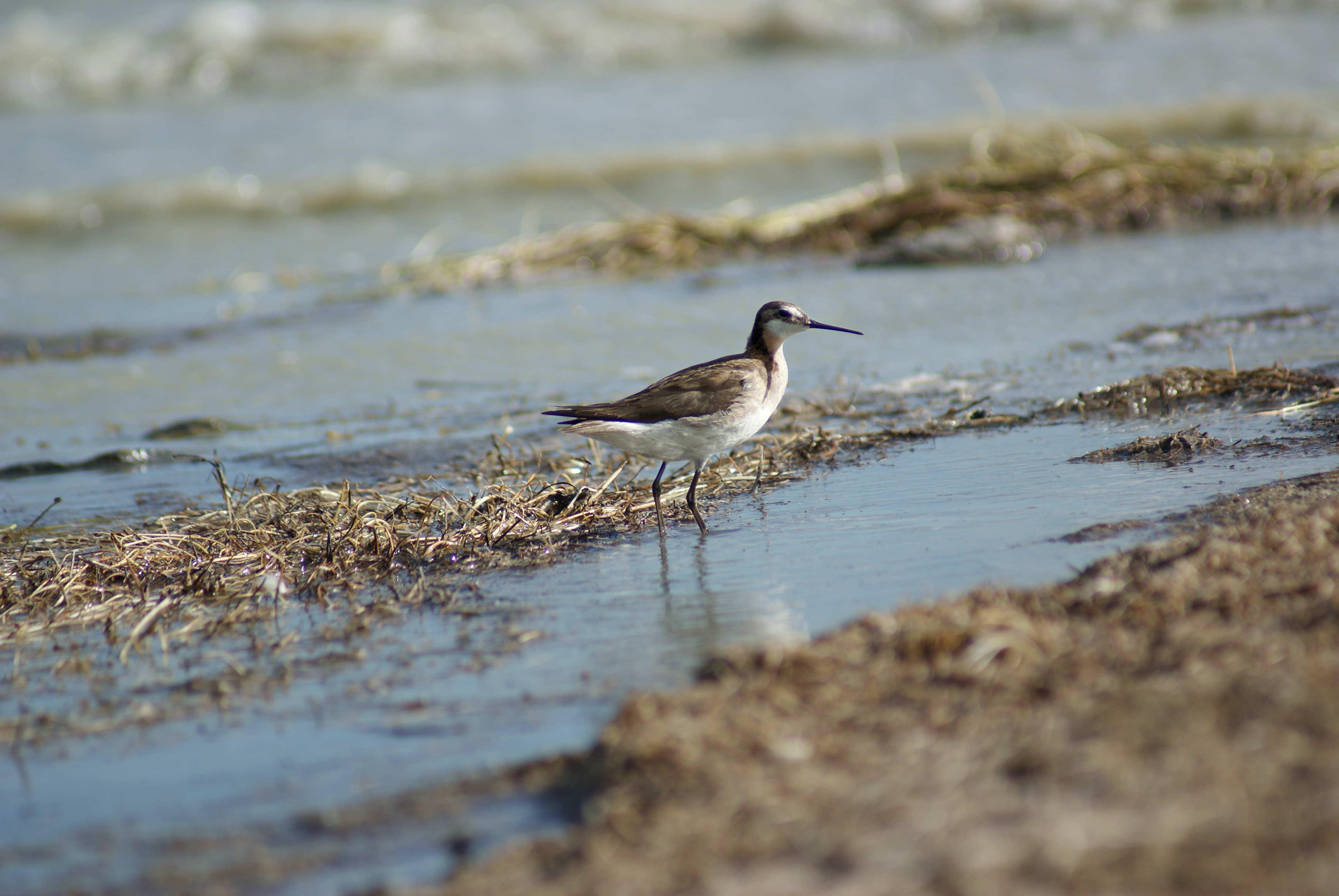The Canadian Prairie Pothole Region (PPR) encompasses 467,000km² of wetland and grassland area stretching from Alberta’s Rocky Mountain foothills to Manitoba’s Red River Valley. The appearance of these ‘pothole’ structured wetlands, were formed by the movement of glaciers across North America, where the ice melted into the pools that are now the potholes wetlands we have today. The formation of the pothole region took tens of thousands of years during the Wisconsin glaciation period. However, in little over a century, more than 70 percent of the vast prairie pothole region has been lost due to human interference.
Seventy percent. This percentage is a significant amount of vital land to lose for the many wildlife species that rely on these ecosystems to survive. The region’s numerous pothole wetlands and surrounding grasslands provide vital habitat for over 600 species of flora, fauna and avifauna including over 50 species at risk such as burrowing owl, piping plover and little brown bat populations. Of the 600 species that rely on the Prairie Pothole Region, around 225 are migratory birds that rely on the wetlands for breeding, migration stop-over, and seasonal inhabitancy. This number includes waterfowl, shorebirds, wading birds, and grassland songbirds. These birds are essential for the roles they play in enhancing the biodiversity at these stop-over sites through the introduction and deposit of unique organisms and essential nutrients from one location to another, enhancing both individual species as well as the entire wetland ecosystem.
Migratory birds play a very important role in controlling invasive species and assisting with pest control through their presence in wetlands and their inhabitation of surrounding grasslands. Species such as the Lesser Scaup, a migratory species of diving duck that has seen a significant reduction of 50% in their historic population in the PPR area, are vital for controlling the population of invasive zebra mussels that otherwise overwhelm aquatic ecosystems. Due to the increase in cultivation and conversion of the pothole region into cropland, however, the Lesser Scaup – as well as many other species – now face extreme risk to their survivability, as this necessary habitat becomes scarce.
While incredibly vital to wildlife, the Prairie Pothole Region provides essential ecosystem services and benefits to humans. The wetlands themselves act as a filtration system by reducing excess nutrients and pollutants out of the water before it reaches rivers, lakes, and streams, including our drinking water. They also provide protection against periods of flooding and drought through their ability to store water through seasonal precipitation fluctuations. Similar to most wetlands, these pothole wetlands also serve in the fight against climate change through the sequestration of carbon – the conversion of atmospheric carbon into liquid or solid form carbon. These processes of water purification, carbon sequestration, in addition to the recreational and cultural value of these ecosystems, add to the importance and the significance of this land to human and wildlife survival.
Due to the high conversion rate of these essential lands into cropland, the increase in drainage for agricultural use, and the increase in chemical runoff, high sedimentation loading and excess nutrients entering these sensitive ecosystems, the Prairie Pothole Region is at great risk. In addition to direct human interference with these landscapes, climate change is expected to be a large factor in the viability of these wetlands and their ability to sustain the hundreds of species reliant on this important habitat.
To learn more about these vital habitat lands, including ways in which you can support the efforts being made by organizations like our own Sierra Club Prairie Chapter and Ducks Unlimited Canada, check out the resources below for more information.
Resources:
Prairie Pothole Region — Ducks Unlimited CanadaPrairie Pothole Region - More Information (ducks.org)Waterfowl at your service: how ducks and geese help our environmentPrairie Pothole Region - WikipediaPrairie Potholes | National Wildlife Federation (nwf.org)Ecosystem Services | Science | Prairie Pothole Joint Venture (ppjv.org)

